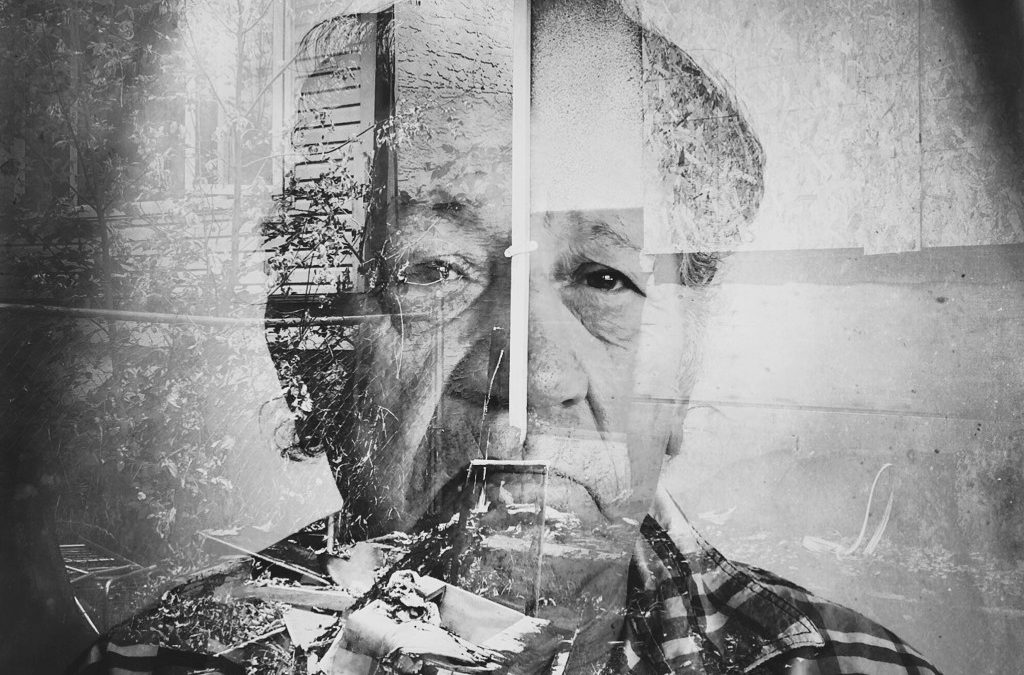A photo from the “Signs of you Identity” residential school photo project. Photo by Daniella Zalcman featuring Elwood Friday who attended St. Phillips Indian Residential School.
New research out of the University of Saskatchewan is suggesting Indigenous children were well-nourished before residential schools.
The researchers examined the body mass index of more than 1700 Indigenous students entering residential schools in the first half of the 20th century.
They found that 80 per cent of these children were very likely to have a normal BMI, which is better than the average Canadian child today.
“For the most part, children entering residential schools had healthy weights, which suggests they were well-nourished coming in from their home communities,” said Paul Hackett, a U of S geographer specializing in Indigenous health in a media release.
Hackett and other researchers pored through microfilm records and analyzed data from Canada’s Department of Indian Affairs for their findings.
Hackett says their findings show nutritional health was good in these Indigenous communities and that the current epidemic of obesity and diabetes appears to be a recent phenomenon.
“During the 1950s, the government claimed that scientific experiments on Indigenous youth in residential schools were necessary owing to poor nutritional status, but conditions in the schools may have been responsible for creating that crisis,” said Hackett.
Researchers say they consulted Indigenous people for advice and are reaching out again for guidance on next steps.
“These records are both personal history and part of a shared story as Indigenous and non-Indigenous Canadians,” said Hackett. “We have been privileged to help tell this story and we hope to continue this work in partnership with Indigenous people.”
Researchers now hope the findings will provide insight to guide Canadians as the country acts on the recommendations of the Truth and Reconciliation Commission.
